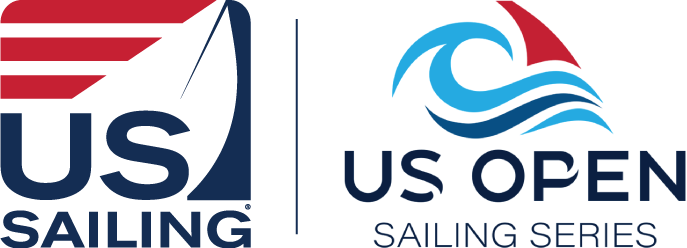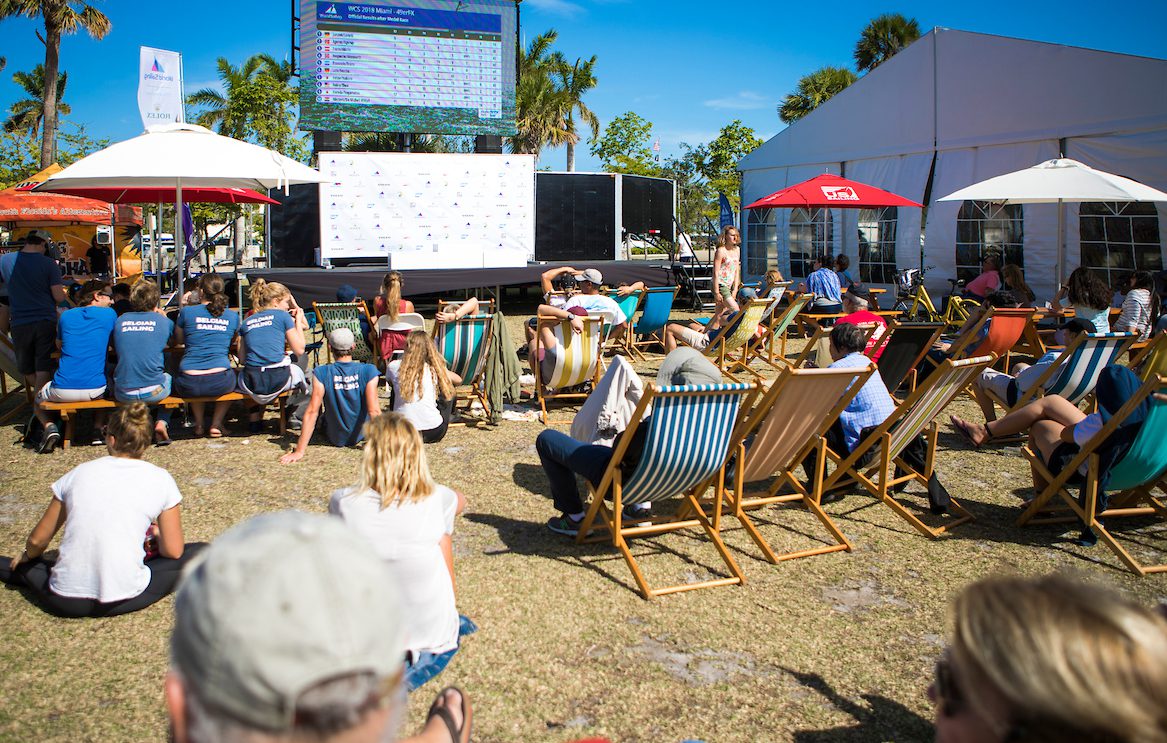Resilient South Florida Sailing Community Rebounded to Keep World Cup Series Tradition Alive
Every January, for nearly three decades, sailors from around the world have brought their Olympic hopes and dreams to Miami. Getting here, especially for sailors—and boats—based in Europe or farther afield, requires some effort. But there simply are not many places in the Northern Hemisphere where you can find reliably good sailing conditions in January. When you combine great sailing with warm mid-winter weather, Miami’s diverse international flavor and the hospitable local yacht clubs that line the shores of Biscayne Bay—and have always been more than willing to help run such a broad regatta—it’s easy to understand why this event has become such an important fixture on the international dinghy circuit.
“We love Miami,” said Anika Lorenz (GER) who is won the 49erFX divsion with her teammate Victoria Jurczok. “It’s so warm, and you don’t need big wet suits. There is great weather and facilities.”
But Hurricane Irma almost put a stop to a tradition that dates back to 1990. The Category 5 storm, which made landfall in early September, did greater than $50 billion in damage to Southern Florida. The recovery, especially along the coastlines, is ongoing.
“Irma sunk over 100 large vessels in the mooring fields in the Coconut Grove-area,” said Meredith Brody, regatta co-chair. “Those vessels, between November through January, were pulled out at our regatta site, onto the staging ground of our event. But we worked very hard with the city and lots of different partners to get them removed so the show could go on.”
In addition, the Clubs that play such an integral role in running the event—providing support boats, volunteers, event space and many other invaluable resources—were all dealing with their own issues in the wake of Irma.
“The piers where we do our launching, those were completely destroyed until just days before the athletes showed up,” said Brody. “So, it really was an incredible effort from multiple levels. From the city of Miami, from the state of Florida, [and] we had some government entities involved. We had a huge team that worked on it, and it’s incredible that it all came together.”
Losing the 2018 regatta would’ve been particularly painful. After many years of running the regatta from multiple locations around Biscayne Bay, the event organizers have put a tremendous amount of effort into developing Regatta Park into a single on-shore venue capable of hosting all the boats, along with regatta management offices and an on-shore festival designed to expose Olympic sailing to a wider audience. The 2017 event served a something of a proof of concept and, spurred on by World Sailing, the sport’s global governing body, event organizers were ready to go all-in in 2018.
While the use of Regatta Park was touch-and-go during the months and even weeks prior to the Opening Ceremonies at the Coral Reef Yacht Club last Monday, the regatta has gone off seamlessly. Brody’s hope that the athletes “wouldn’t even notice,” seems to have come to fruition as they’ve been free to focus on the competition.
“I love it,” said RS:X competitor Noga Geller (ISR). “The weather is great and you get really good conditions to sail here. There is hardly any seaweed, so it definitely makes it much more enjoyable to windsurf.”
With this regatta wrapping up today, Brody and the rest of her organizing team, including co-chair John Craig, can breathe a sigh of relief, and then focus on making next year event better.
“We have 50 countries competing and over 394 boats with over 500-plus athletes. So really excited to have the world gathered here in Coconut Grove.” said Brody. “We’re looking forward to our big 30 next year.”



